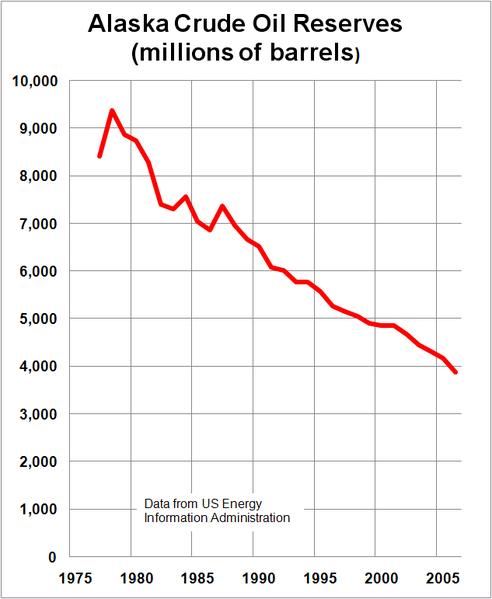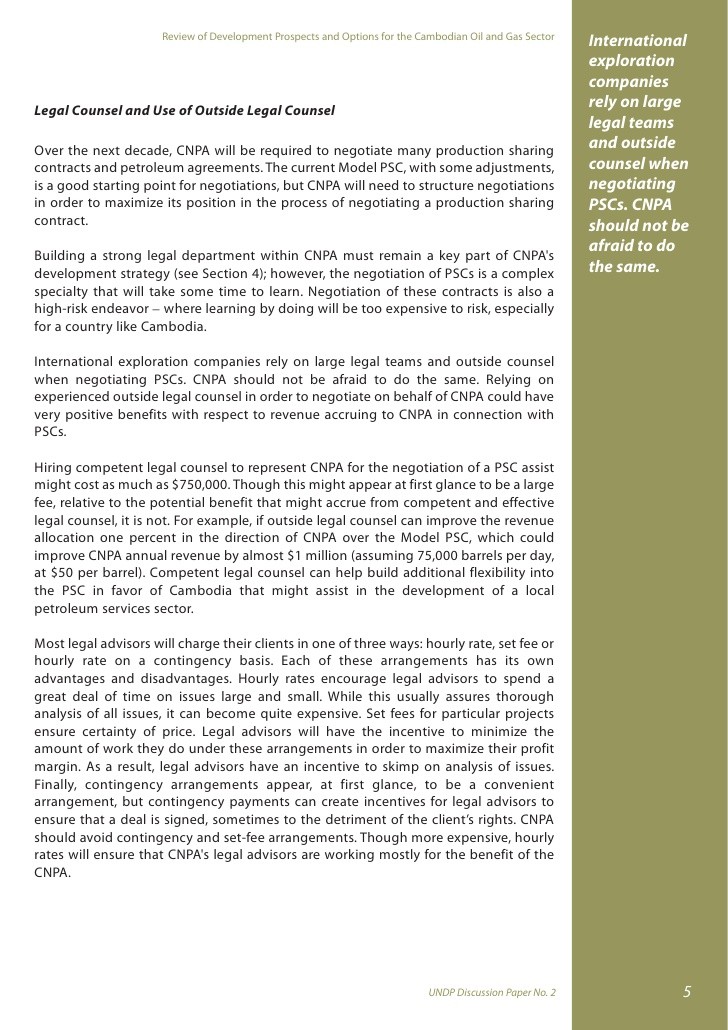The First Tee Sea Coast Prospect Capital Oil Energy And CLO Exposure
Post on: 20 Июнь, 2015 No Comment

Prospect Capital: Oil, Energy And CLO Exposure
This article is in response to the flurry of comments in my Oil amp; Energy Exposure For BDCs article requesting more information about oil related risk for Prospect Capital (NASDAQ:PSEC). I have been going through each BDC and its portfolio companies as well as structured products to identify direct and indirect exposure to lower oil prices. I suggest that investors should do the same for the BDCs they own or are looking to purchase. This will be a short series of articles covering my approach, using PSEC as an example, to identify direct and indirect portfolio companies with oil/energy risk as well as structured products, including collateralized loan obligations (CLOs), and some of the inherent risks in these investments related to higher interest rates and potential oil/energy related defaults. I believe these risks are already priced into the stock at a 20% discount to book value.
PSEC recently announced that it will report results on February 4 after the close of the markets.
Direct Oil amp; Energy Exposure
Last month, PSEC disclosed that its asset concentration in the energy industry stood at 5.1%, including Prospects first lien senior secured loans where third parties bear first loss capital risk. This does not include indirect risk for portfolio companies or its CLO investments. As discussed in recent articles, not all oil/energy companies have the same exposure to commodity prices and for some there might be positive impacts. Midstream and downstream investments are less influenced by the price of oil compared to upstream assets that are usually the most at risk. Drillers and Eamp;P companies are usually impacted by commodity price declines the hardest, especially 2nd lien positions. This is an overly generalized view of the industry.
(click to enlarge)
PSEC has a large investment in CP Energy Services that accounts for 2.1% of the portfolio.
CP Energy consists of CP Well Testing, Inc. (CP Well), a leading provider of flowback services, and Fluid Management Holdings, Inc. (Fluid Management), a premier operator of transport trucks and disposal wells. Both companies operate in the Anadarko basin of western Oklahoma and Texas. CP Well provides services that include the provision of equipment and personnel to remove gas, fluids, sand, and proppants from the well bore after fracking and before beginning commercial production. CP Well continues to expand its equipment fleet to service the needs of its large oil and gas customers, including geographic expansion to other regions at the request of its key customers. Fluid Management has six truck yard facilities and a growing portfolio of disposal well locations to meet the needs of its customers actively pursuing oil and gas drilling in the Fluid Management geographic footprint.
In future articles I will discuss CP Energy as well as some of the other larger oil/energy investments including Arctic Energy Services, Ark-La-Tex Wireline Services and Freedom Marine Solutions.
Indirect Oil amp; Energy Exposure
Within the 76.4% of other portfolio investments, there are companies that have indirect risk to lower oil prices. This includes companies that rely on customers in the oil amp; gas and energy sectors. PSEC has large investments in manufacturing and engineering companies that provide products and services to many industries including oil amp; gas. R-V Industries, Inc. is one of PSECs larger investments, at around 1% of the portfolio, that provides to many industries including nuclear, power generation, chemical, paper and oil amp; gas. Gulf Coast Machine amp; Supply Company supplies products utilized throughout the oil and gas supply chain, including exploration, production, processing, and delivery. As a result, demand for Gulfco forgings is driven by the worlds fundamental need for oil and gas to support transportation, electricity generation, and industrial activity. However the company also provides products to mining, construction and other industries. Obviously most of these companies and their customers are private, with limited public information, and investors will have to wait for the earnings call to get more detail.
CLO Exposure
Collateralized loan obligations (CLOs) have higher yields than other investments and are considered unqualified investments. BDCs are allowed a maximum of 30% of the portfolio in these types of investments due to the amount of risk involved. Many CLO investments use off balance sheet leverage to increase returns and can be levered up to 10 times. As discussed in some of my PSEC Articles, most of the CLO investments for PSEC are considered residual interest or subordinated securities in these vehicles and are the last in line to be paid, and the first to be cut off if the underlying investments default. A small number of oil/energy related defaults could cause changes to the amount income and valuations for these investments.
The following disclosures are from PSECs recent 10-K:
Payments to us as a holder of CLO junior securities are and will be made only after payments due on the senior secured notes, and, where appropriate, the junior secured notes, have been made in full. This means that relatively small numbers of defaults of Senior Secured Loans may adversely impact our returns.
We expect that a majority of our portfolio will consist of equity and junior debt investments in CLOs, which involve a number of significant risks. CLOs are typically highly levered up to approximately 10 times, and therefore the junior debt and equity tranches that we will invest in are subject to a higher risk of total loss. In particular, investors in CLOs indirectly bear risks of the underlying debt investments held by such CLOs.
Generally, we are in a subordinated position with respect to realized losses on the Senior Secured Loans underlying our investments in CLOs. The leveraged nature of CLOs, in particular, magnifies the adverse impact of Senior Secured Loan defaults. CLO investments represent a leveraged investment with respect to the underlying Senior Secured Loans. Therefore, changes in the market value of the CLO investments could be greater than the change in the market value of the underlying Senior Secured Loans, which are subject to credit, liquidity and interest rate risk.
The following chart is not from SEC documents for PSEC:

(click to enlarge)
The following disclosure is from PSECs recent 10-K:
The CLO equity investments are entitled to recurring distributions which are generally equal to the excess cash flow generated from the underlying investments after payment of the contractual payments to debt holders and fund expenses. The current estimated yield is based on the current projections of this excess cash flow taking into account assumptions which have been made regarding expected prepayments, losses and future reinvestment rates. These assumptions are periodically reviewed and adjusted. Ultimately, the actual yield may be higher or lower than the estimated yield if actual results differ from those used for the assumptions.
The following chart was provided by TICC Capital (NASDAQ:TICC):
(click to enlarge)
PSEC has announced that it is spinning off its CLO investments and has already sold some of the smaller ones including:
On October 3, 2014, we sold our $35,000 investment in Babson CLO Ltd. 2011-I and realized a loss on the sale. On October 20, 2014, we sold our $22,000 investment in Galaxy XII CLO, Ltd. and realized a loss on the sale. On December 4, 2014, we sold our $27.8 million investment in Babson CLO Ltd. 2012-II and realized a loss on the sale. On December 4, 2014, we sold our $29.1 million investment in Babson CLO Ltd. 2012-I and realized a loss on the sale.
It is important to note that some of the CLOs that were sold had been written down so the impact to net asset value (NAV) per share might be minimal.
In the following articles I will discuss some of the specific CLO investments for PSEC and the potential risk to investors. For more information about oil related risk for BDC investments please see my BDC Research Page and for information on specific BDCs please visit my Index to BDC Articles.
Personal note: I have updated my positions to reflect changes in my holdings, but please keep in mind that some of the positions are very small and mostly for research purposes.














